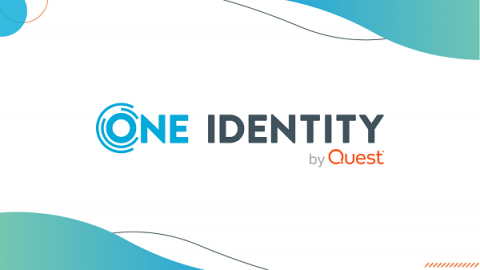Security | Threat Detection | Cyberattacks | DevSecOps | Compliance
April 2023
Top Ten Tips to Lower Your Cyber Insurance Costs
As cyber-attacks become more sophisticated and frequent, businesses are turning to cyber insurance policies as a means of protection. Increasingly, CISO’s and Board of Directors are eager to take advantage of “risk transference” as part of a holistic cyber risk management strategy. However, the cost of such policies can often be a significant concern for organizations.
The importance of cyber insurance
The risks of not implementing Privileged Access Management in your organization
Privileged Access Management (PAM) is a critical aspect of cybersecurity that helps organizations protect their sensitive data from unauthorized access. By controlling and monitoring access to privileged accounts, PAM solutions can prevent cyberattacks, data breaches and compliance violations. However, some organizations fail to implement PAM, leaving themselves vulnerable to various risks.
Breaking Down Silos: Why integrated Access Management and IGA is crucial for modern organizations
Identity and Access Management (IAM) in most organizations is typically provided by Access Management, Privileged Access Management (PAM) and Identity Governance and Administration (IGA) solutions. Unfortunately, many of these solutions work independently in silos, and efforts to integrate them to work together can be patchwork at best.
Staying ahead of Privileged Access Management security risks: Success strategies
Privileged accounts are the root of most threat vectors. So, it’s critical to take proper precautions to prevent catastrophic breaches. However, it often takes extra time and effort to fully recognize and mitigate Privileged Access Management security risks that put your organization at risk.












